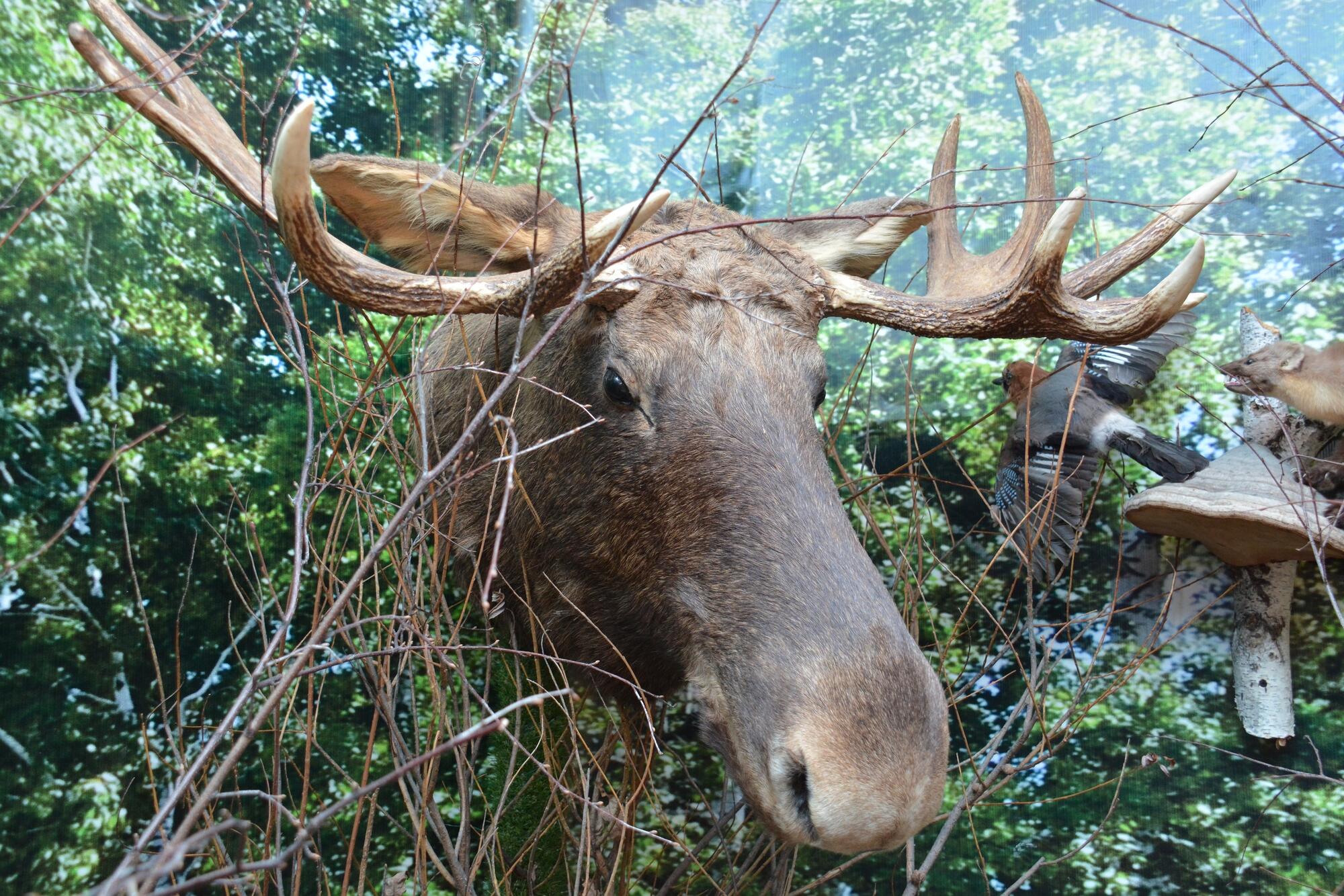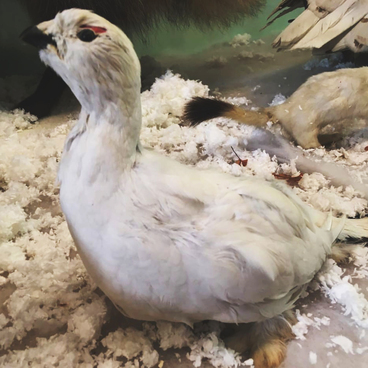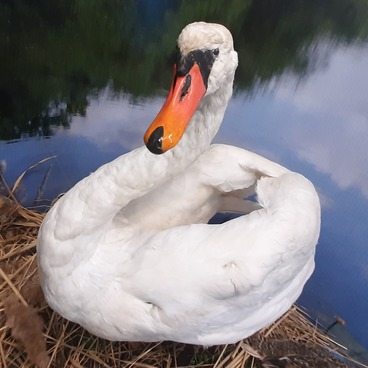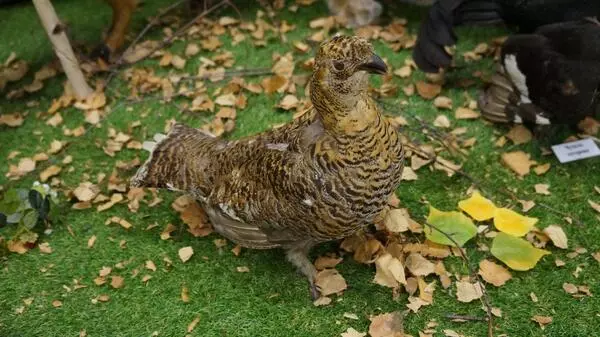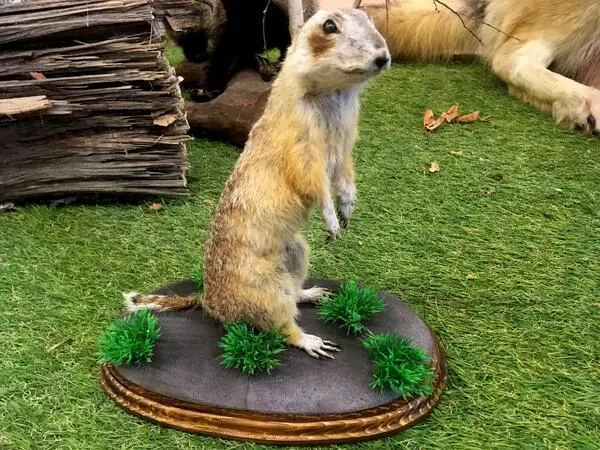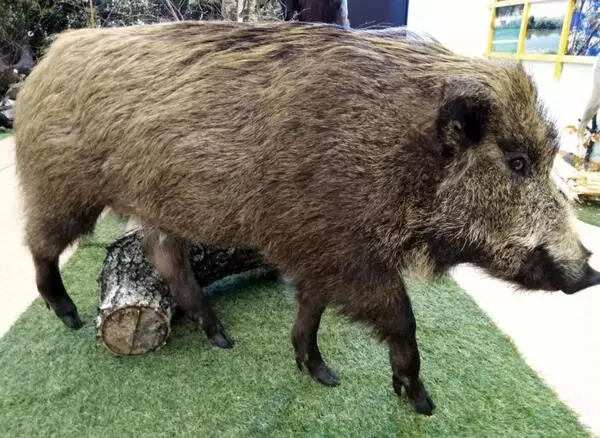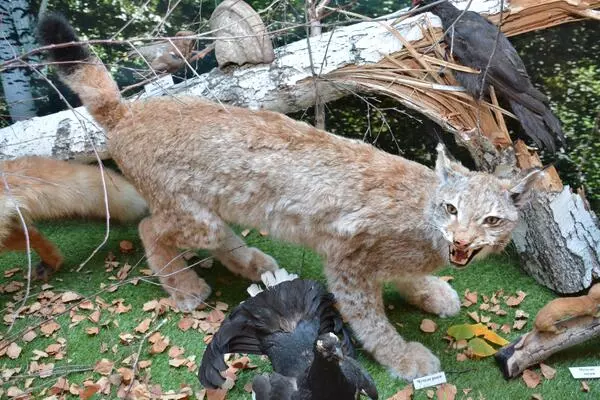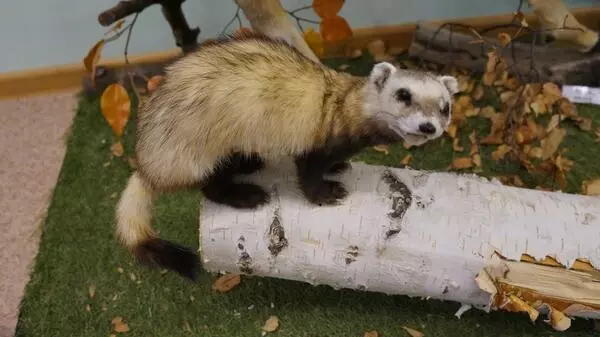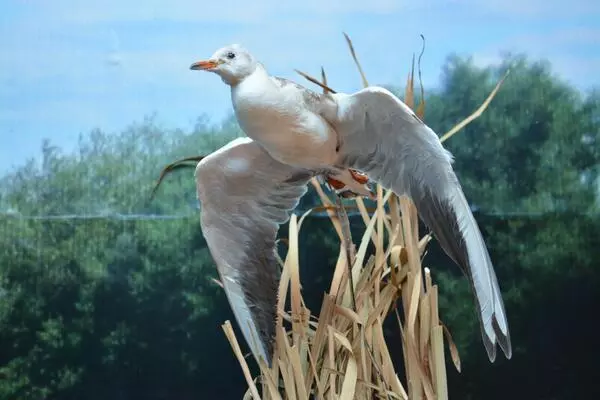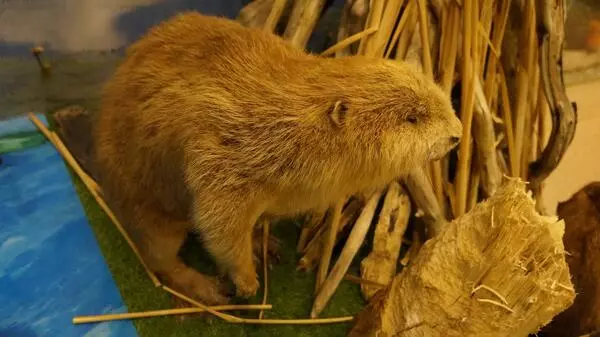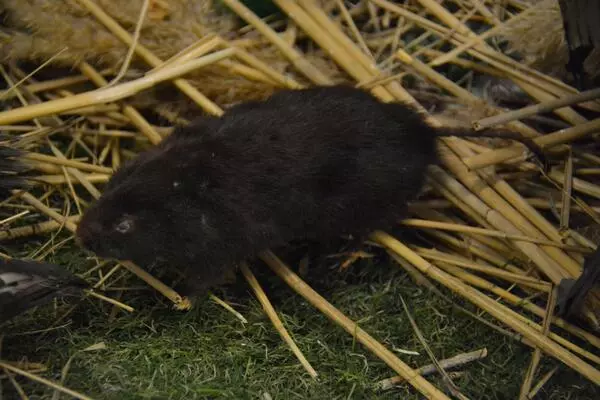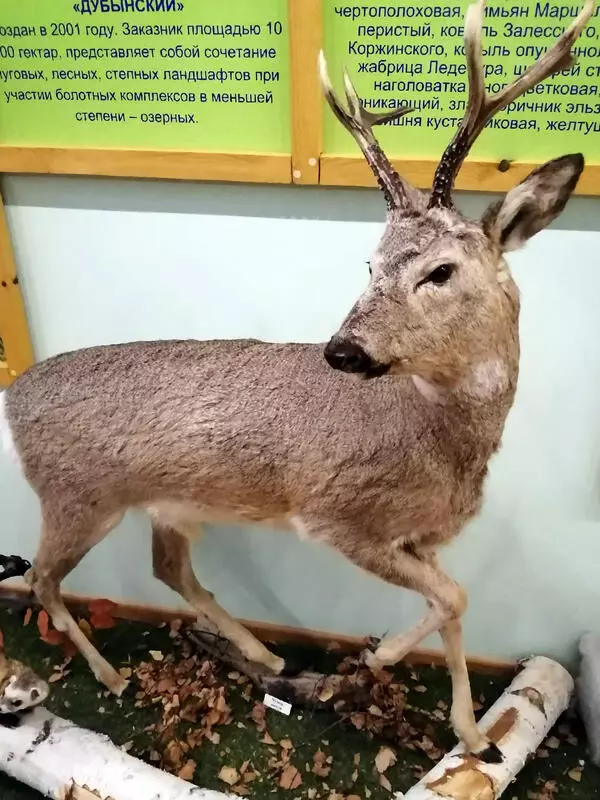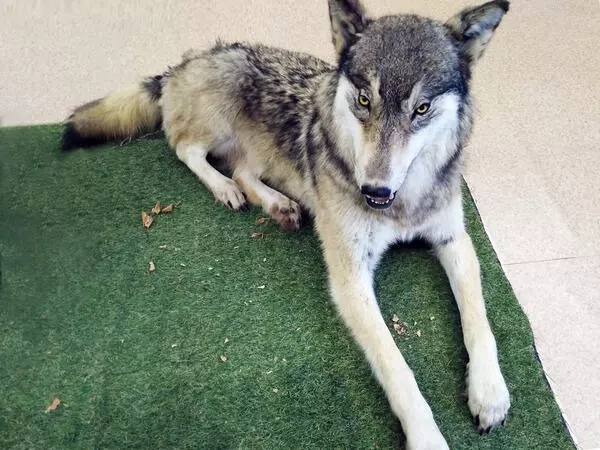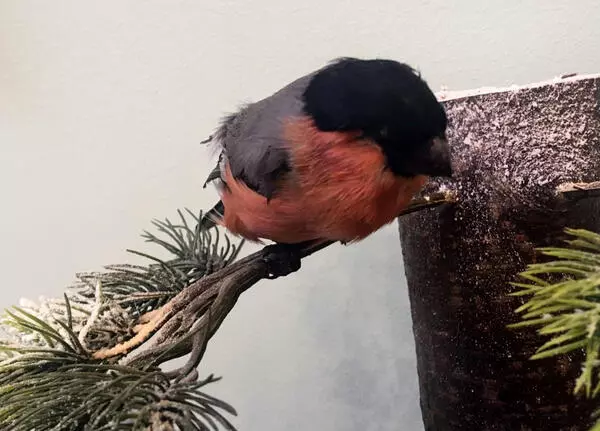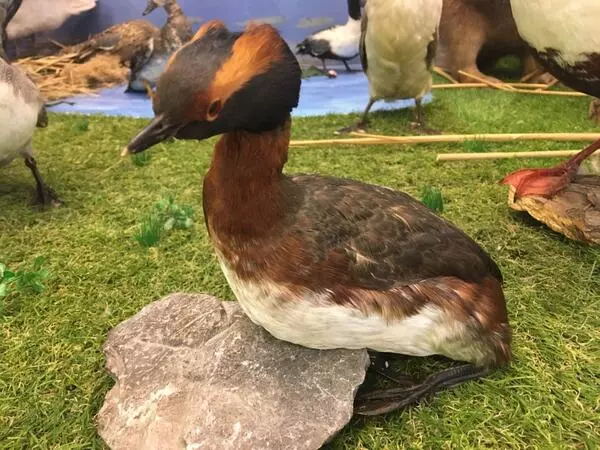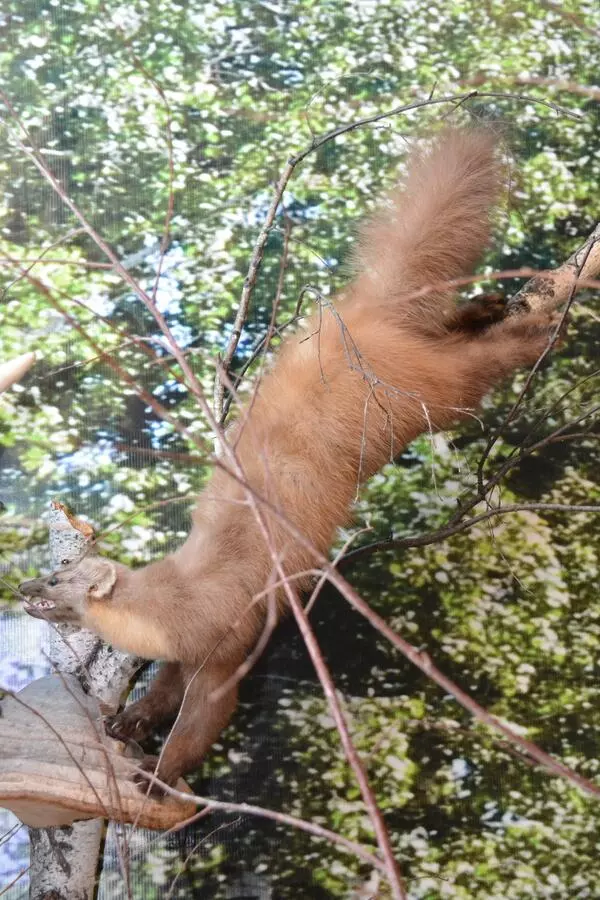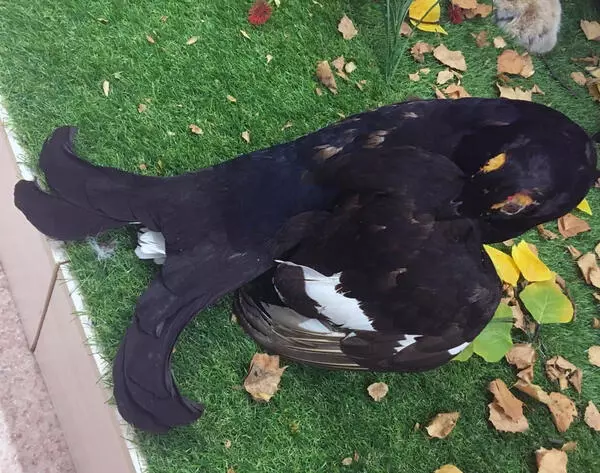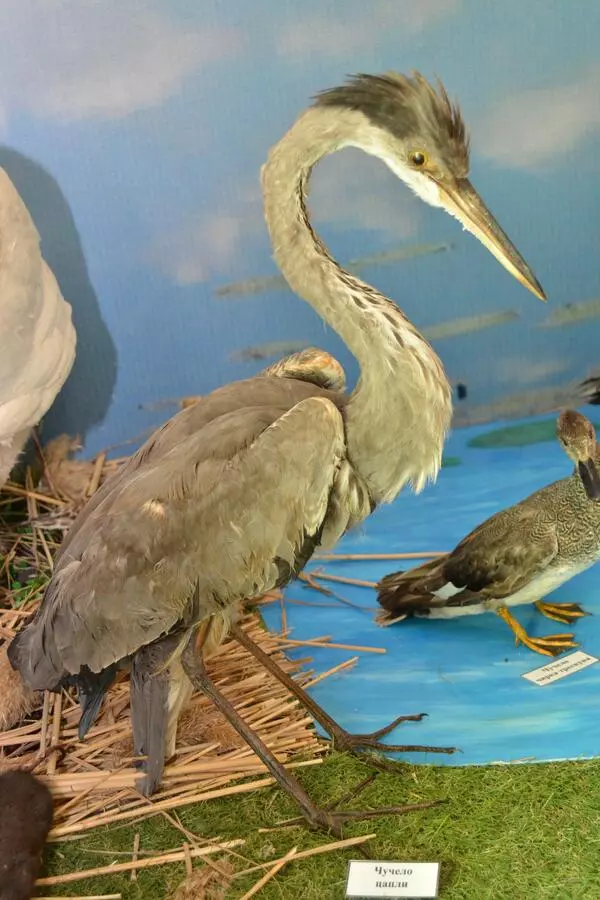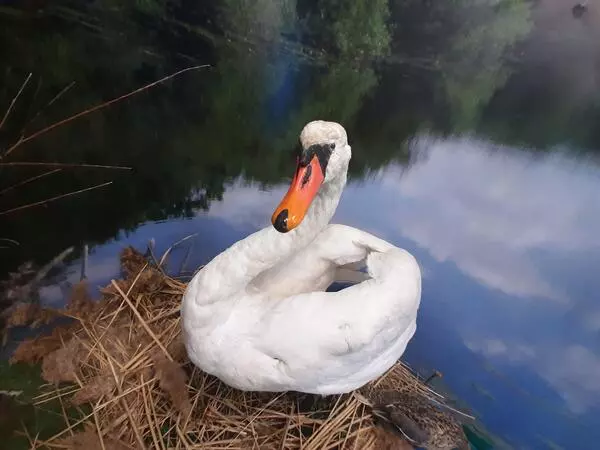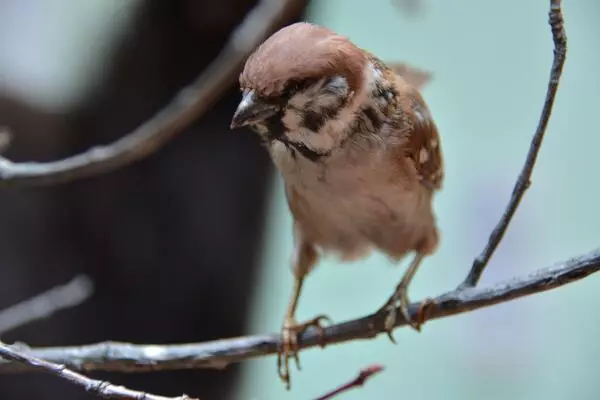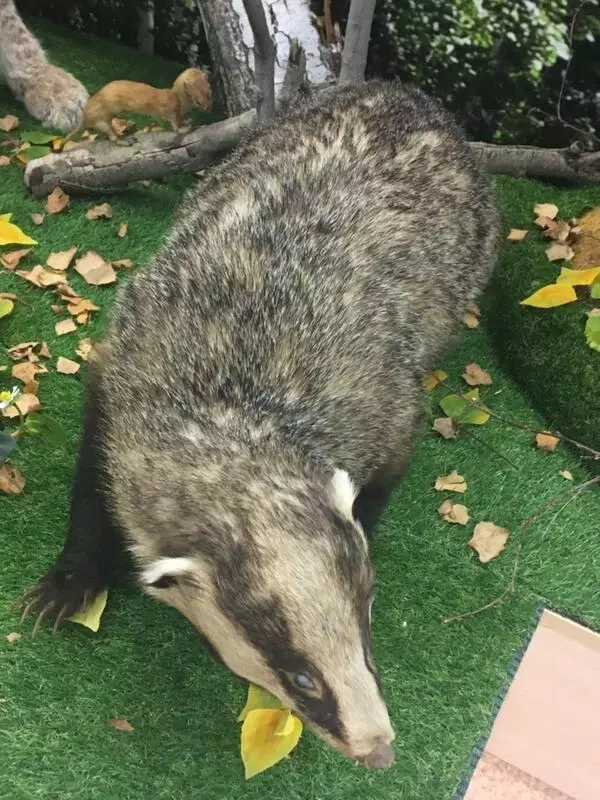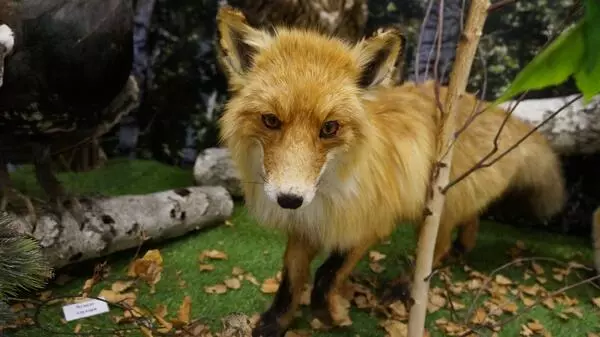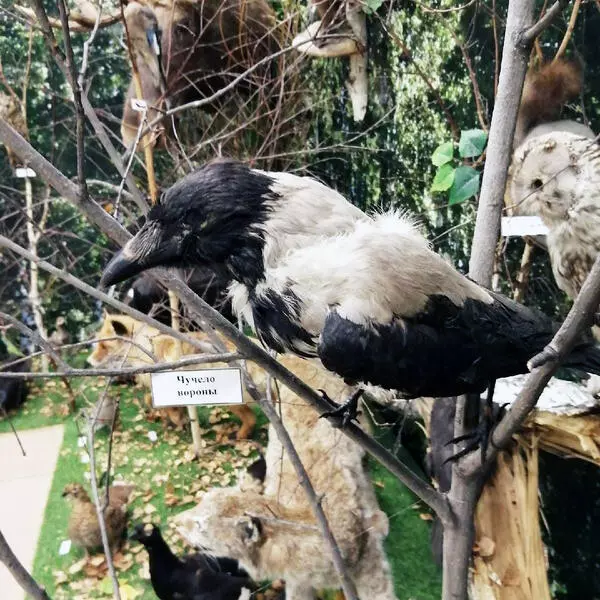The moose is a very large herbivore in the family Cervidae /ˈsɜːvəˌdē/. In terms of shoulder height, the moose can be much taller than a human. The body length of adult animals can exceed three meters, while their average weight is about 500 kilos. The moose’s legs are very long, and it has to go deep in water or kneel to drink.
The moose is often called beamy because of the exuberant huge antlers that make its appearance so special. The moose’s antlers look much like an ancient plow that has two body arms, or beams. However, only adult moose bulls can vaunt such a decoration. Moose cows are both smaller and have no antlers by nature. Moose antlers are palmate, or open hand-shaped, bone structures with tines. The average weight of antlers is about 25 kilos. The moose sheds its antlers every year when winter comes, and they regrow in spring.
The moose feeds on tree bark, twigs, bushes, and grass, as well as on moss, lichen, and mushrooms. In summer, the moose eats leaves they can reach thanks to their great height and water plants. In late summer, it forages blueberry and lingonberry twigs with berries and mushrooms, including amanitas, which it uses as a medicine. By September, the moose starts to eat off tree and bush springs and fully switches to browsing by November.
The moose can run fast and speed up to 56 kilometers per hour. It is also a fair swimmer. It fights off predators by kicking them with front legs. Even the brown bear does not dare attack a bull in the open. The bear will typically ambush the moose in the bushes to restrain its movement. The moose’s best-developed senses are hearing and a sense of smell. The moose has poor eyesight. It cannot see a human standing a few dozen meters away.
There are only two moose species—the European moose and the American moose. The difference lies in the number of chromosomes: they have 68 and 70 chromosomes respectively. However, this does not prevent the two species from interbreeding in Eastern Siberia, where they inhabit the same territory.
The moose is often called beamy because of the exuberant huge antlers that make its appearance so special. The moose’s antlers look much like an ancient plow that has two body arms, or beams. However, only adult moose bulls can vaunt such a decoration. Moose cows are both smaller and have no antlers by nature. Moose antlers are palmate, or open hand-shaped, bone structures with tines. The average weight of antlers is about 25 kilos. The moose sheds its antlers every year when winter comes, and they regrow in spring.
The moose feeds on tree bark, twigs, bushes, and grass, as well as on moss, lichen, and mushrooms. In summer, the moose eats leaves they can reach thanks to their great height and water plants. In late summer, it forages blueberry and lingonberry twigs with berries and mushrooms, including amanitas, which it uses as a medicine. By September, the moose starts to eat off tree and bush springs and fully switches to browsing by November.
The moose can run fast and speed up to 56 kilometers per hour. It is also a fair swimmer. It fights off predators by kicking them with front legs. Even the brown bear does not dare attack a bull in the open. The bear will typically ambush the moose in the bushes to restrain its movement. The moose’s best-developed senses are hearing and a sense of smell. The moose has poor eyesight. It cannot see a human standing a few dozen meters away.
There are only two moose species—the European moose and the American moose. The difference lies in the number of chromosomes: they have 68 and 70 chromosomes respectively. However, this does not prevent the two species from interbreeding in Eastern Siberia, where they inhabit the same territory.
